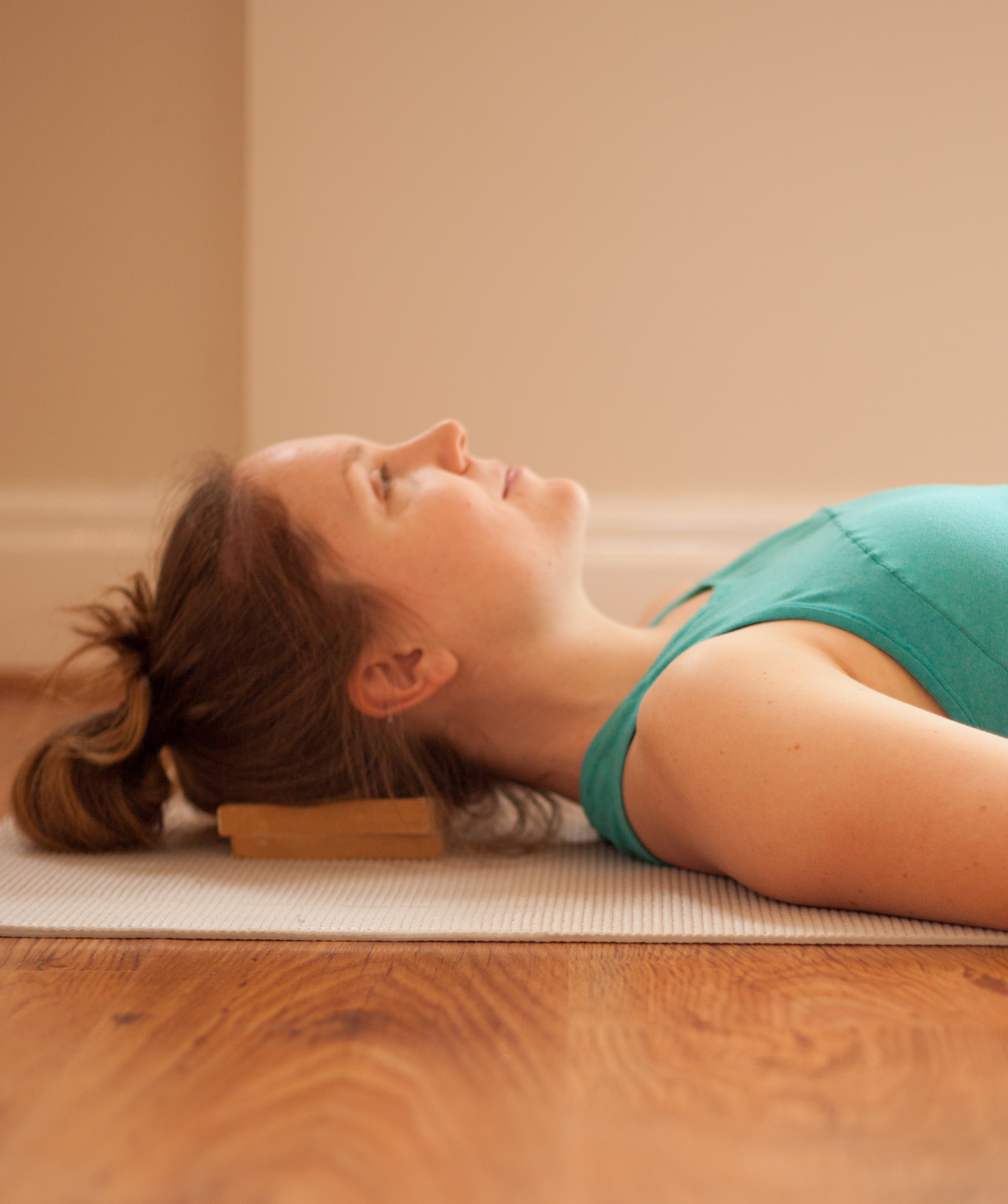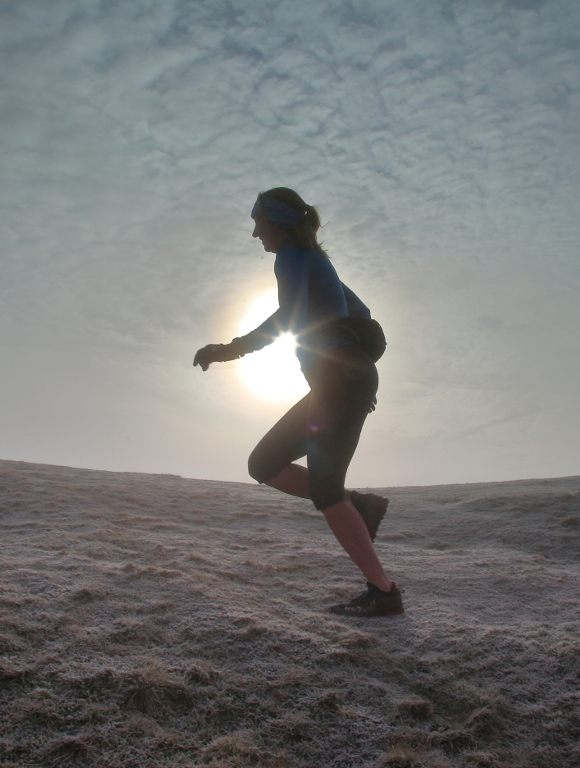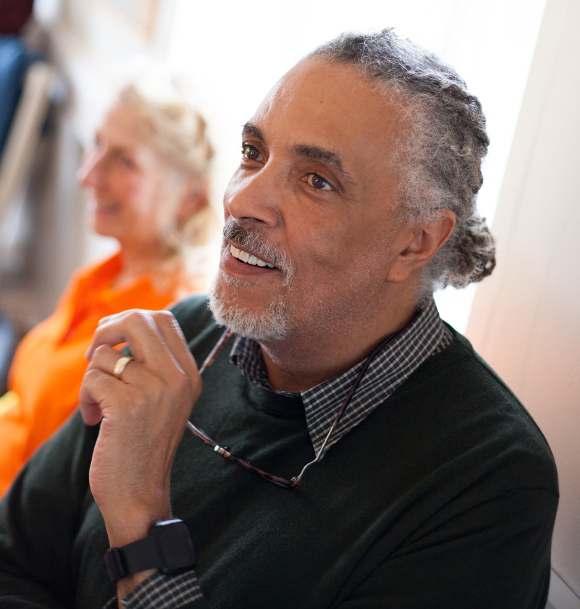What is the Alexander Technique?
The Alexander Technique is a skill for self-development teaching you to change long-standing habits that cause unnecessary tension in everything you do.
Whatever your age or ability, the Technique can help boost your performance in any activity and relieve the pain and stress caused by postural habits, like slouching or rounded shoulders.
Working with your teacher, you will learn to recognise your usual reactions to the stresses of life. You will find out how you have been contributing to your problems, how to prevent them and regain control.
Alexander Technique can help you with the following problems:
- Back, neck and joint pain
- Muscle tension and stiffness
- Poor posture
- Breathing and vocal problems
- Stress and stress-related conditions
What are the core principles of the Alexander Technique?
- How you move, sit and stand affect how well you function.
- The mind and body work together intimately as one, each constantly influencing the other.
- Becoming more mindful of the way you go about your daily activities is necessary to make changes and gain benefit.
- The relationship of the head, neck and spine is fundamental to your ability to function optimally.
Conditions such as backache, neck and shoulder pain, as well as other sorts of long-term musculoskeletal pain are often the result of misusing our body over a long period of time, such as moving inefficiently and standing or sitting with our weight unevenly distributed. The aim of the Alexander Technique is to help you "unlearn" these old habits and achieve a balanced, more naturally aligned body, and we have the evidence to support it.
Go to Alexander Technique research
Who we are
The Society of Teachers of the Alexander Technique (STAT) is the largest professional association of Alexander Technique Teachers worldwide, established in 1958 by teachers trained by FM Alexander.
We are responsible for maintaining professional standards of our members and for the promotion of the Alexander Technique. Only teaching members of STAT are eligible to use our stamp of approval, identifying them as fully trained Alexander Technique teachers who abide by the Society's Rules and Regulations.
When looking for a teacher, look out for this seal of approval:

Diversity, inclusion and anti-discrimination
STAT supports the fundamental human rights and dignity of all people.
We do not discriminate nor condone any expression of discrimination against any person on the basis of age, colour, disability, gender expression, race, nationality, ethnic or national origin, religion or belief, creed, sex or sexual orientation and economic status. more...










